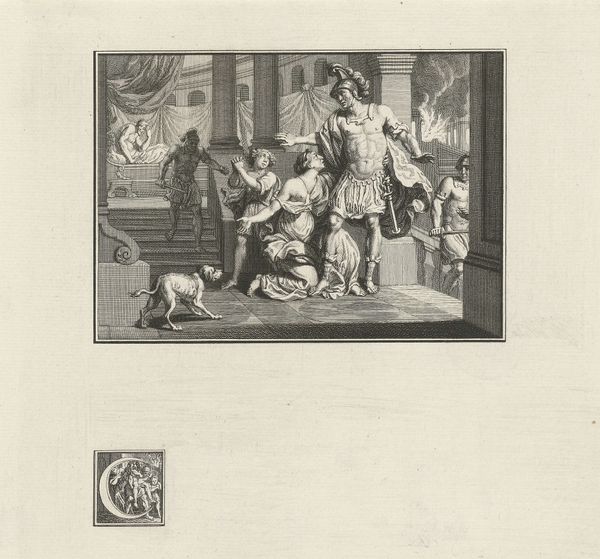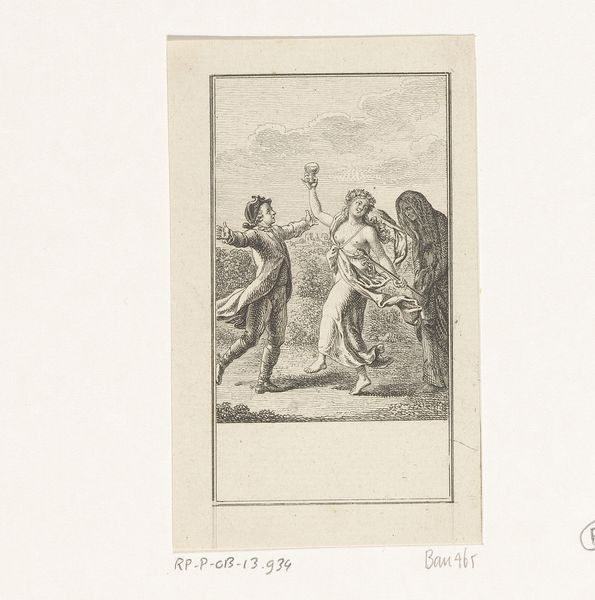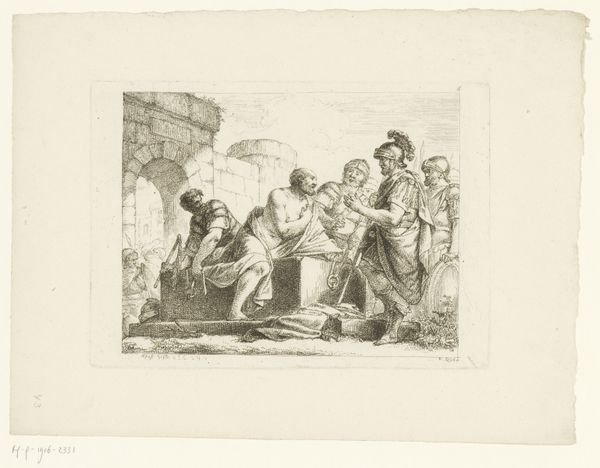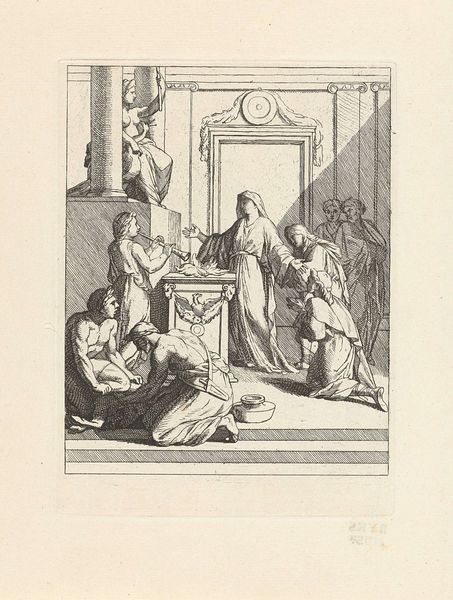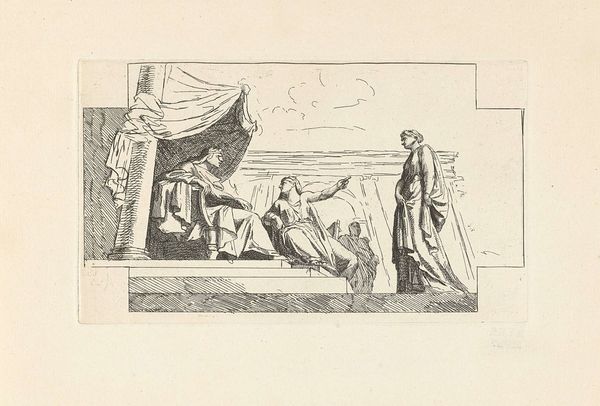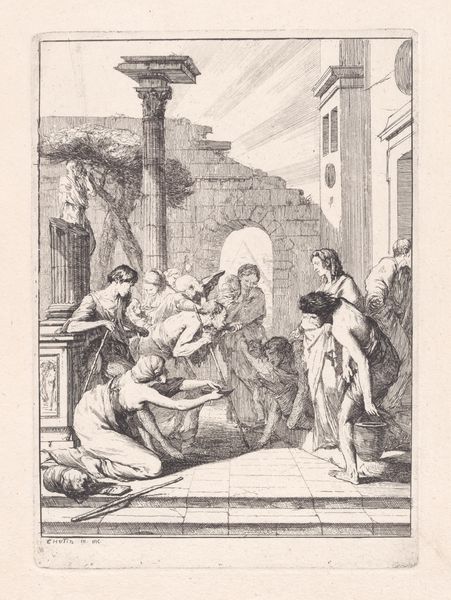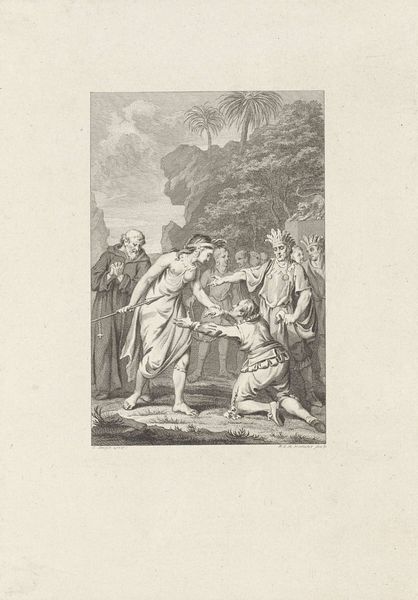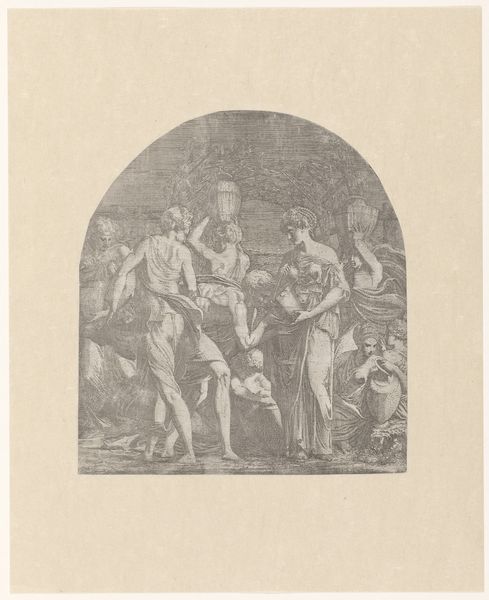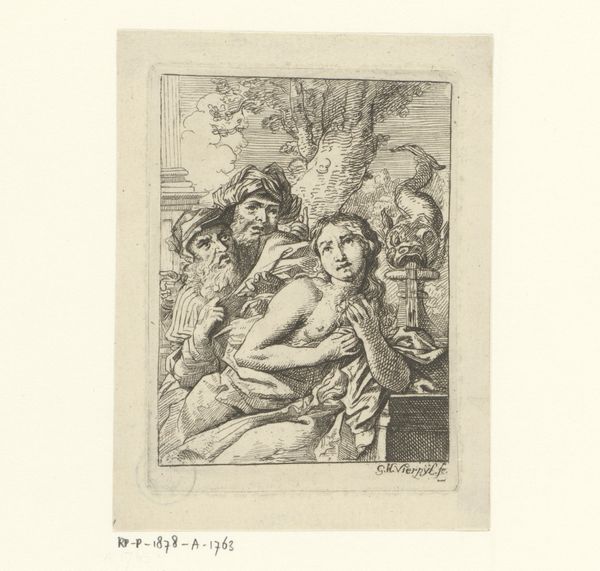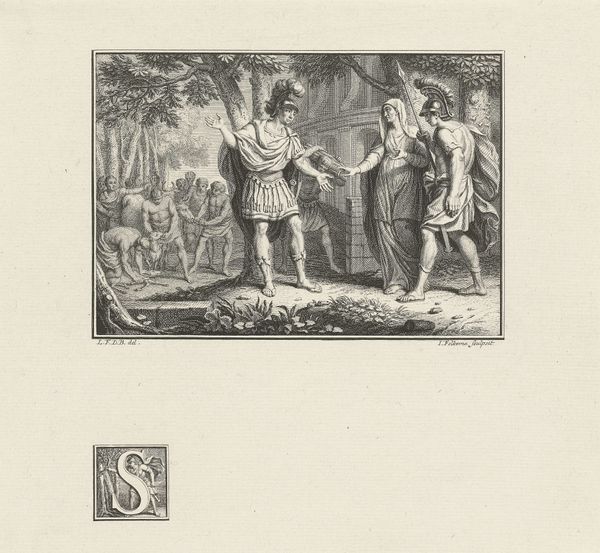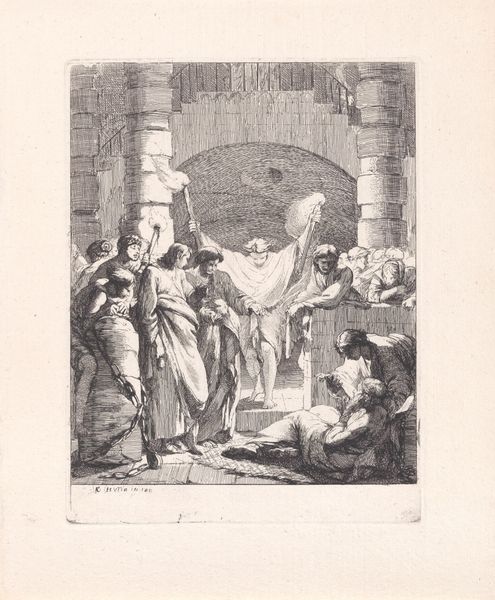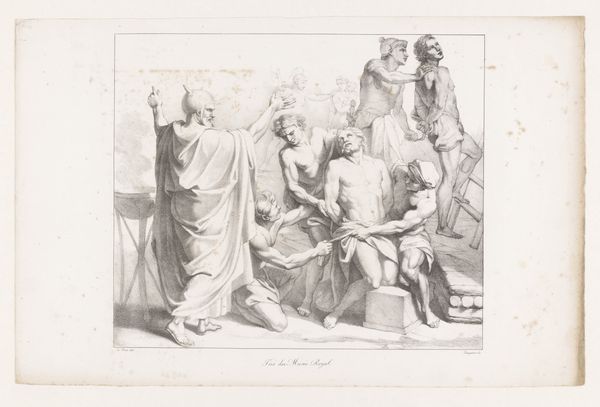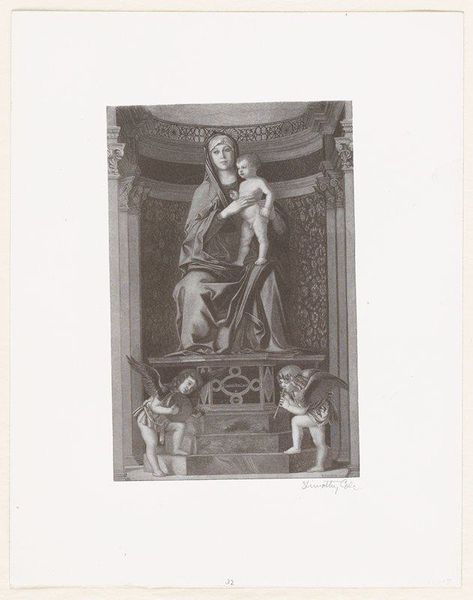
print, engraving
#
allegory
# print
#
classical-realism
#
figuration
#
form
#
11_renaissance
#
line
#
nude
#
engraving
Dimensions: height 345 mm, width 262 mm
Copyright: Rijks Museum: Open Domain
Editor: So, this is "The Three Graces," a Renaissance print from sometime between 1528 and 1570, made by Frans Huys. It’s at the Rijksmuseum. I’m immediately struck by how contained the figures seem. They’re almost trapped by the sharp architectural lines, despite being, you know, goddesses of beauty and joy! What do you see when you look at it? Curator: Trapped is interesting! I find myself wondering what they're looking at, and I agree. Perhaps those severe lines serve a strange function? An echo of classical sculpture contained inside Renaissance lines? A reflection on fleeting moments of the idealized human form. It makes me wonder how their nudity plays here—vulnerable or empowered, against that rigid backdrop? Editor: That's a really interesting point about vulnerability. They seem self-possessed. Can you elaborate on this idea of ‘fleeting moments' in the context of Renaissance art? Curator: Sure, Renaissance artists often aimed to capture what they thought was ideal, almost frozen, perfect beauty. Now look closer at this etching and tell me how you perceive lines, shape, texture... are they ideals in a classic vision or... a precursor to modernity? Editor: Okay, I see the rigidity of the lines more. Almost harsh… and those details in their bodies…more real… than…ideal? Curator: Bingo. What does the Renaissance tell us of feminine shape, here? Does their positioning hint to some form of power over men, each other... something else? Editor: Hmmm… it challenges my understanding of the period, for sure! I need to study up some more! I came in with assumptions and learned to re-question myself today. Curator: It happens to all of us! A piece reveals new selves and thoughts for old heads. I wish you luck for many fruitful trips of discovery and questioning on your journey.
Comments
No comments
Be the first to comment and join the conversation on the ultimate creative platform.
